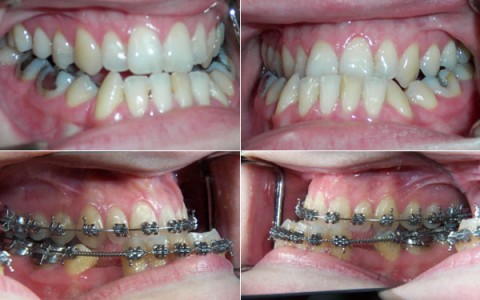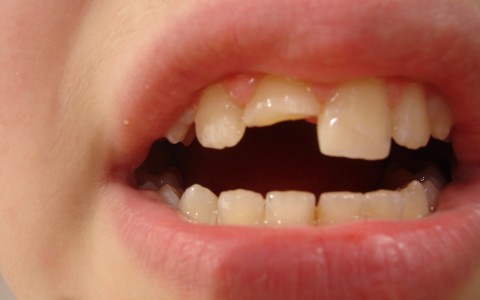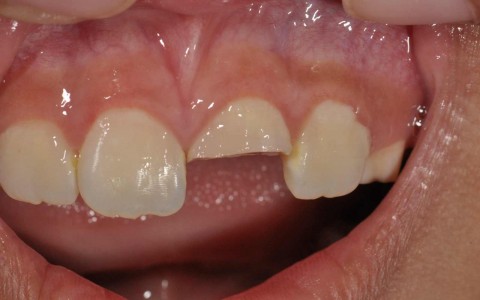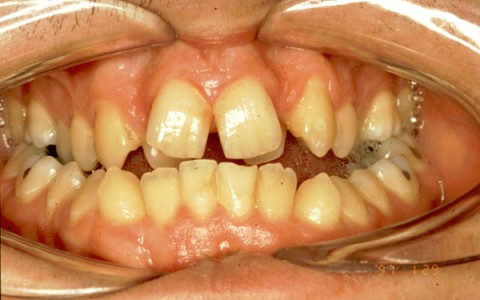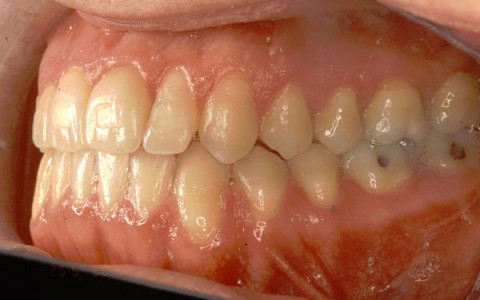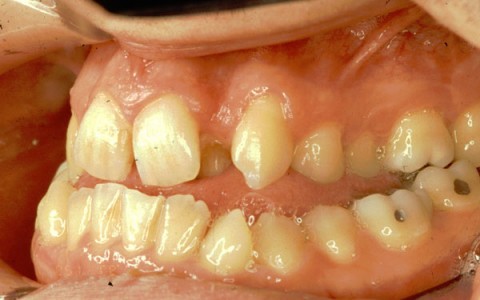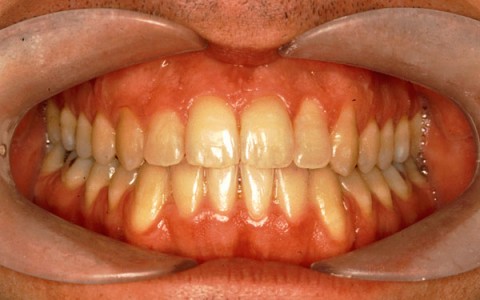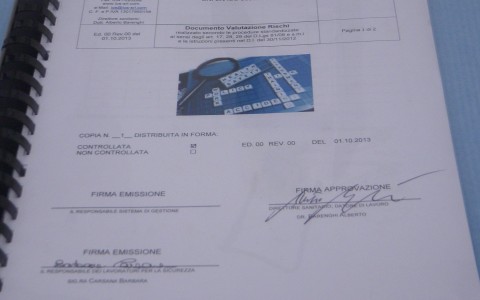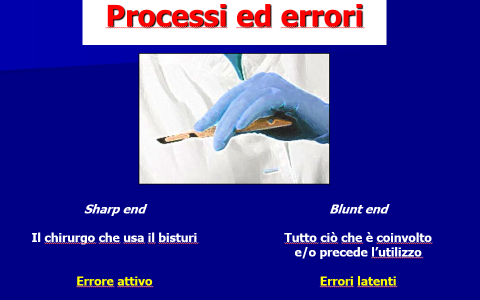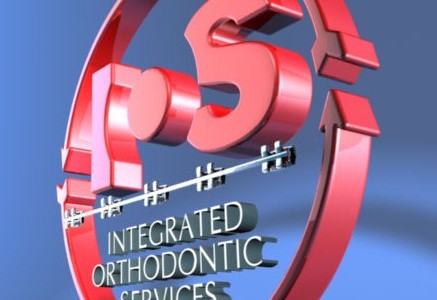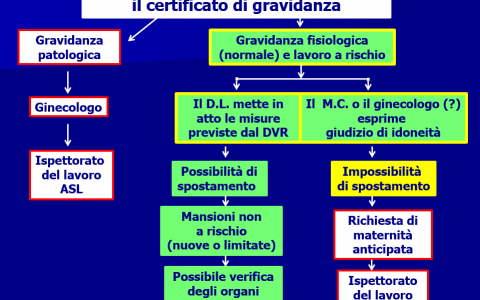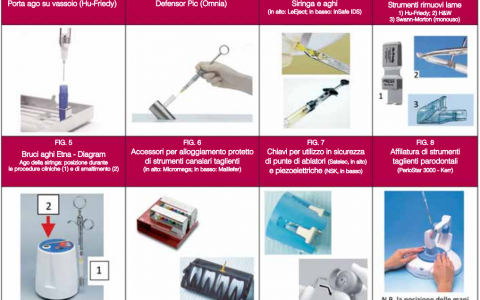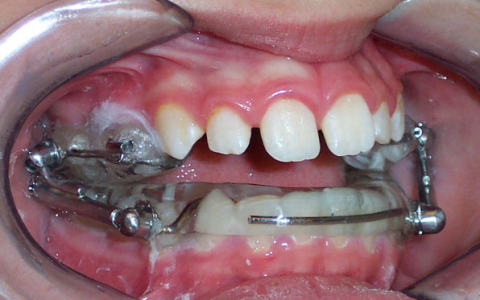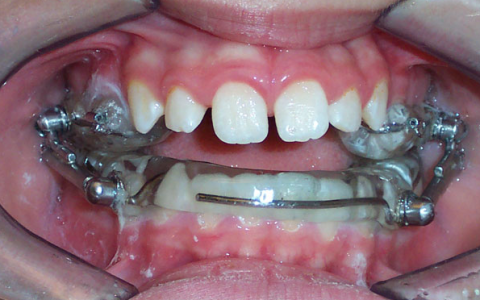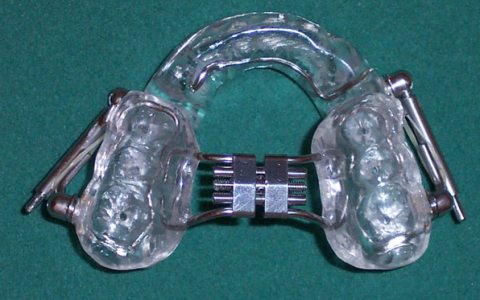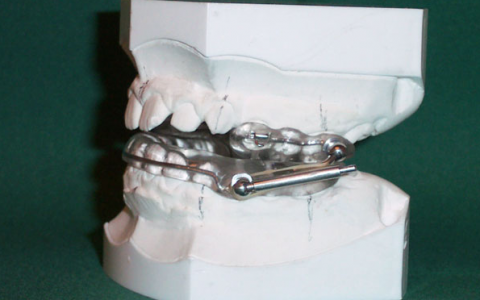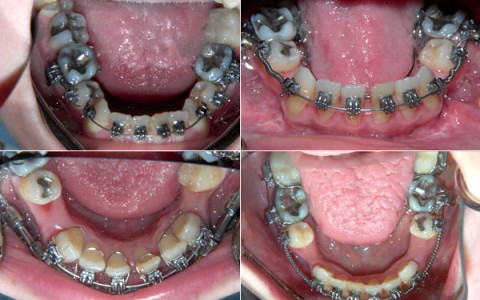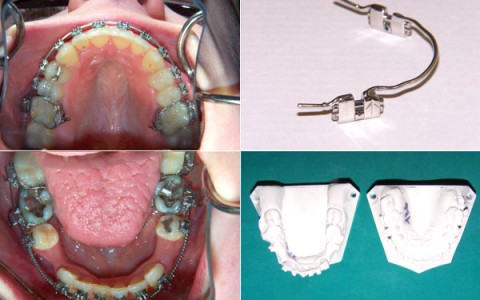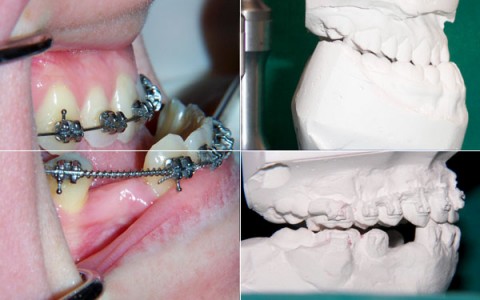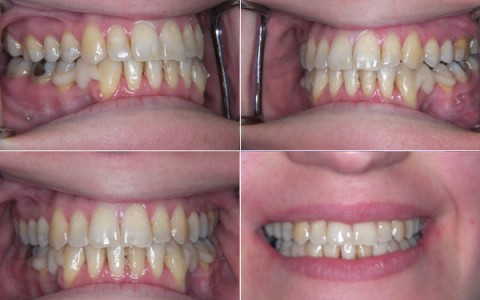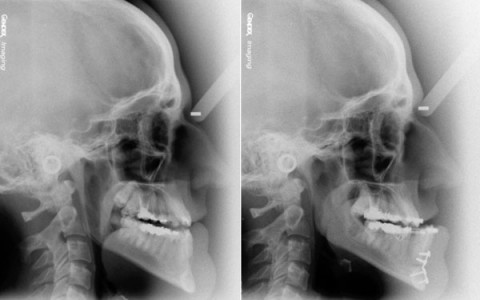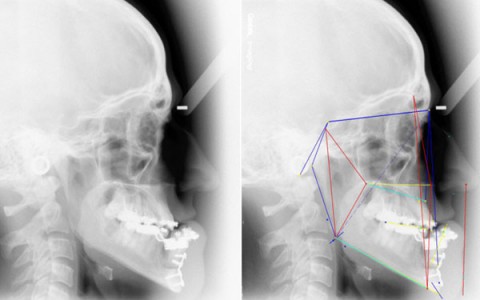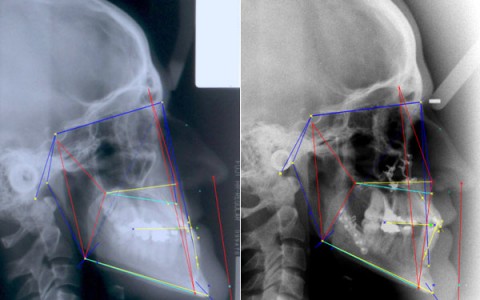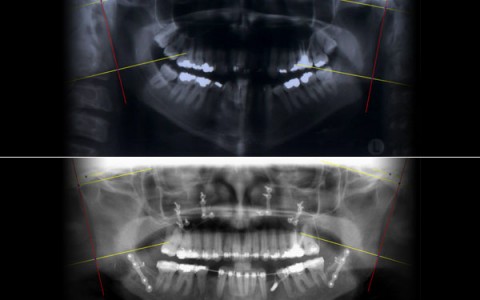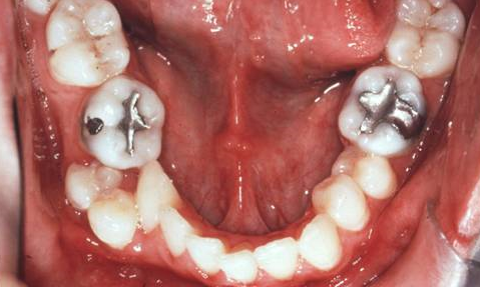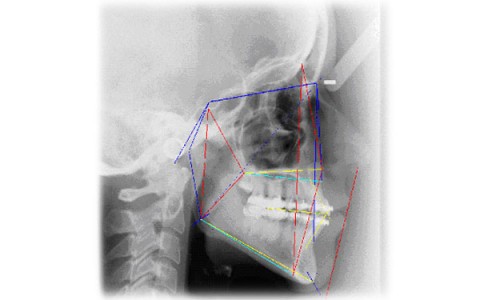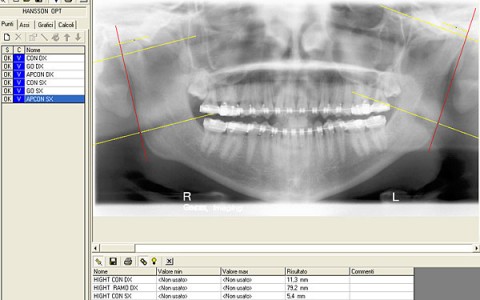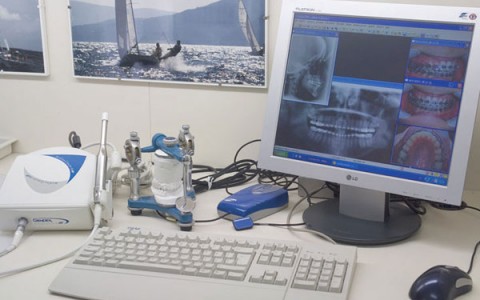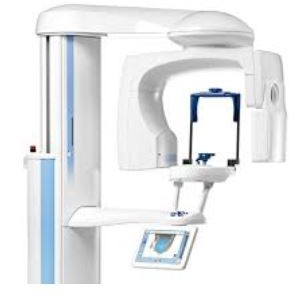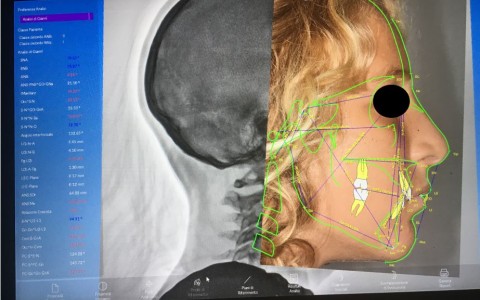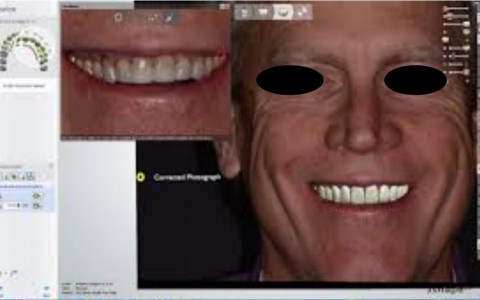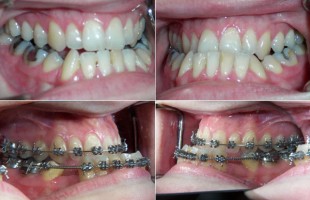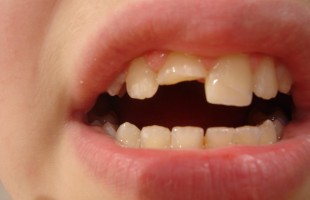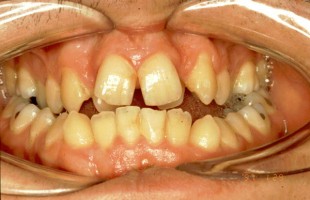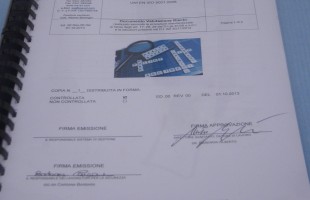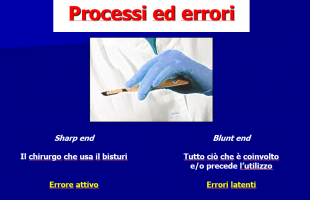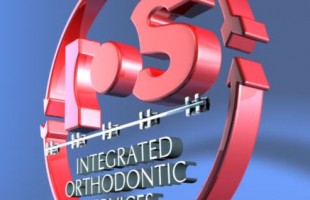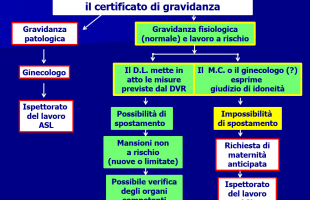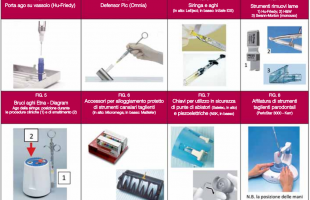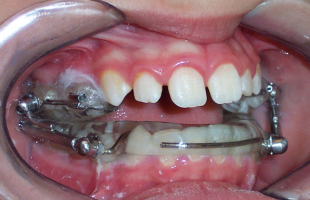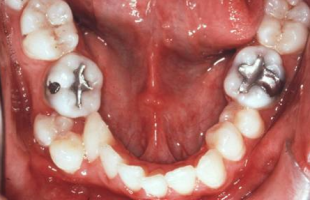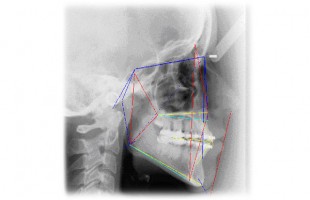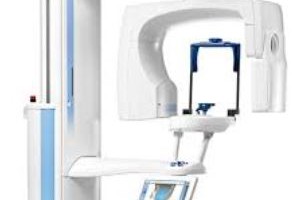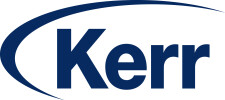-
Held by:
Dr. Alberto Barenghi
Dr. Luigi Colombo
Prof. Alberto Di Blasio
Premessa
SESIP è l’acronimo di “Sharps with Engineered Sharps Injury Protection” che sta ad indicare aghi e altri strumenti taglienti costruiti con caratteristiche strutturali e operative tali da ridurre gli incidenti percutanei. Si sottolinea che il 78% delle lesioni percutanee coinvolge le mani. Nella maggior parte delle lesioni percutanee è coinvolta una siringa sia per le ASO (48%) sia per i dentisti (67%; 33.3% durante anestesia locale). Le lesioni percutanee avvengono principalmente durante l’attività clinica (71%), mentre circa i 2/3 delle rimanenti avviene durante la preparazione degli strumenti, il loro ricondizionamento o durante le procedure di laboratorio.
Obiettivo del Corso
E’ la prevenzione delle lesioni da strumenti taglienti secondo le raccomandazioni del Cdc-2003 e la Direttiva Europea 32/2010. In particolare, la Direttiva 2010/32/UE prescrive:
a) di usare dispositivi medici dotati di meccanismi di protezione e sicurezza;
b) i criteri di selezione per i dispositivi medici di sicurezza;
c) il divieto della pratica di reincappucciamento degli aghi;
d) di utilizzare procedure di utilizzo e di eliminazione sicure di dispositivi medici taglienti;
e) di eliminare l’uso superfluo degli oggetti taglienti/appuntiti;
f) di formare il personale sull’uso dei dispositivi medici dotati di meccanismi di sicurezza e sull’uso dei dispositivi di protezione individuale;
g) la direttiva prevedeva l’applicazione immediata, il recepimento della norma entro il 10 maggio 2012 e l’indicazione delle sanzioni entro il 1 maggio 2013.
Programma
- Epidemiologia delle lesioni percutanee
- Esame delle raccomandazioni del CDC-2003 e la la Direttiva Europea 32/2010
- Selezione di alcuni prodotti SESIP per l’utilizzo o lo smaltimento in sicurezza dei taglienti
- Confronto di alcuni prodotti SESIP in relazione alle caratteristiche tecniche, operatività e costi


